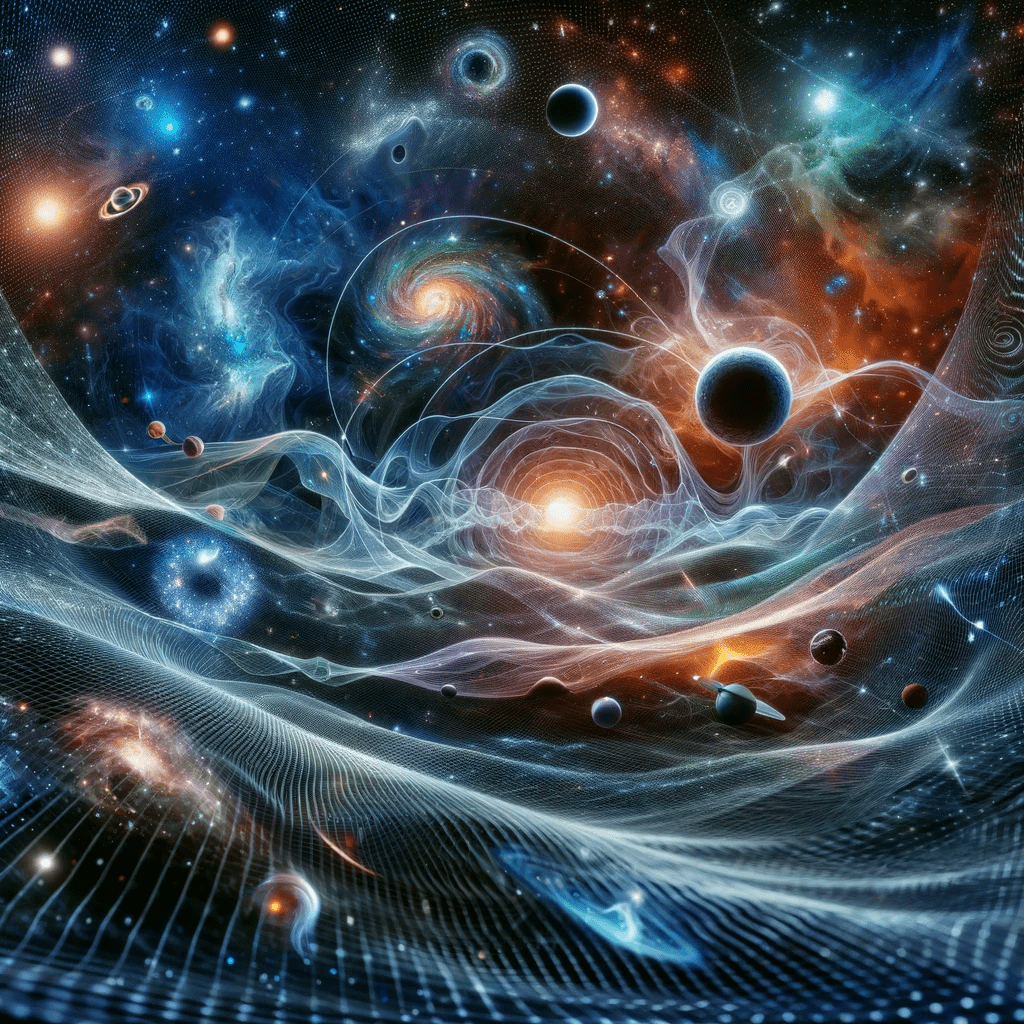Nature of Time and Space

The nature of time and space has long been a subject of inquiry in the fields of physics and philosophy. Time is the dimension in which events occur and is often regarded as a linear progression of past, present, and future. Space, on the other hand, is the three-dimensional realm in which all physical objects exist. The study of time and space has been the subject of much debate among scientists, philosophers, and theologians, with differing views and theories regarding their nature.
Physicists such as Albert Einstein and Stephen Hawking have contributed greatly to our understanding of time and space. Einstein’s theory of relativity introduced the concept of time dilation, which states that time appears to pass more slowly in stronger gravitational fields or at higher velocities. Hawking, in his work on black holes, suggested that time itself could be distorted by extreme gravitational forces.
According to Einstein’s theory of relativity, time and space are not separate entities but are instead intertwined in a four-dimensional fabric known as spacetime. This means that space and time are dependent on each other and cannot be understood independently. Another unique fact is that time is not necessarily uniform or constant throughout the universe, as it can be affected by the presence of massive objects or by the expansion of the universe. Recent studies have shown that the universe is expanding at an accelerating rate, indicating the presence of dark energy, which may have implications for our understanding of the nature of time and space.
According to theoretical physicist Michio Kaku, the ultimate goal of physics is to find a theory of everything, which would unify our understanding of all fundamental forces and particles, as well as the nature of time and space. Kaku suggests that this theory may involve the concept of multiple universes or a “multiverse,” where each universe could have different laws of physics and different notions of time and space.
In his book “The Fabric of the Cosmos,” physicist Brian Greene explores the concept of spacetime and the idea that time and space are not absolute but are instead relative to the observer’s perspective. Greene suggests that this perspective can be understood through the concept of “spacetime intervals,” which measure the distance between two events in spacetime and take into account the different perceptions of time and space by different observers.
In 2017, a team of scientists at the National Institute of Standards and Technology (NIST) in the US created a quantum simulator that was able to simulate the behavior of particles in a way that suggested that time could be reversible.
The simulator was used to create a system of 3 ions, which were held in place using an electromagnetic field. The ions were then used to simulate the behavior of a complex quantum system, allowing the scientists to observe how the particles interacted with each other over time.
What the scientists observed during the experiment was that the behavior of the particles appeared to be reversible, meaning that the particles could essentially “rewind” and move backwards in time.
The nature of time and space remains a complex and intriguing subject that continues to challenge our understanding of the universe. While there are differing theories and perspectives regarding their nature, scientific evidence and experimentation have provided us with a deeper understanding of the interconnectedness of time and space and their relationship to the fundamental forces of the universe.

